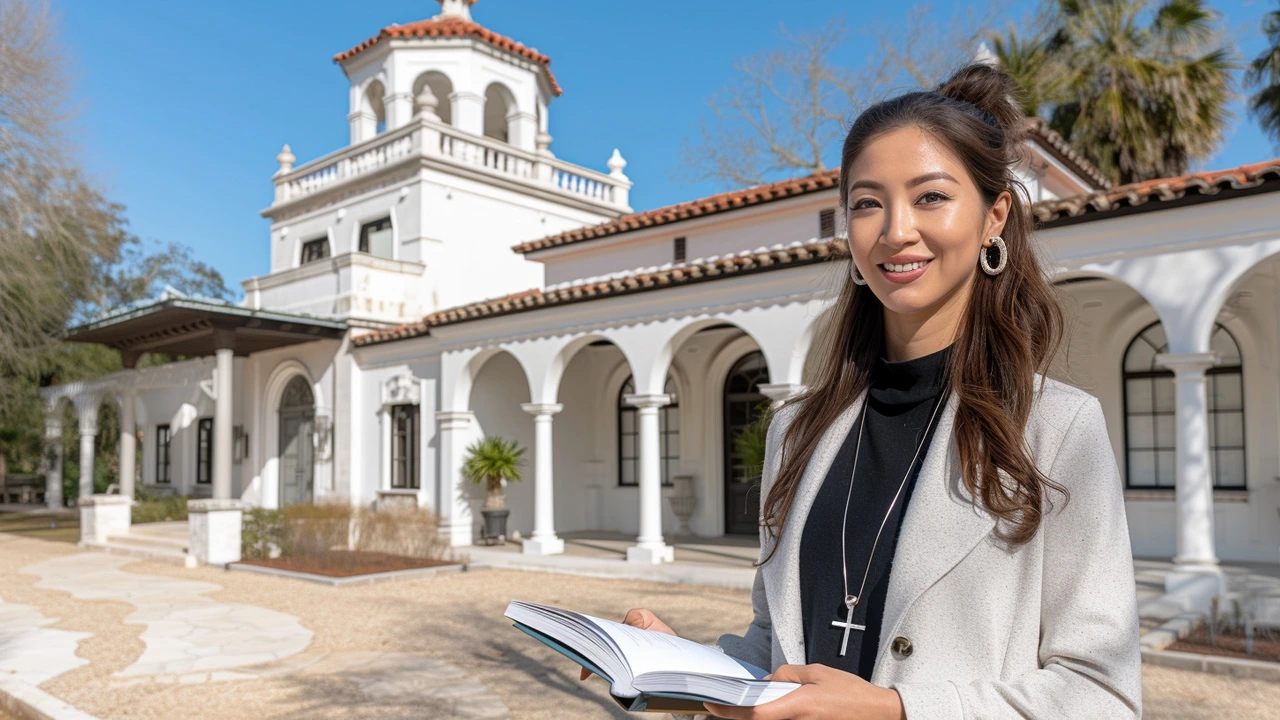Say hello to the kaleidoscope of postmodern architecture, a dazzling mirror of our social mores! It's like society took a selfie and, voila, we got these intriguing, unconventional buildings! This edgy architecture style scoffs at the "less is more" mantra, replacing it with a cheeky "more is more". It's a juicy cocktail of styles, mixing historical elements with a playful twist. So, next time you walk by a wacky, mismatched building, remember, it's not just a structure, it's a peek into our vibrant society's soul!
Society reflection: How architecture mirrors culture
Buildings don’t just sit there — they tell who we were, who we are, and who we want to be. Walk a city block and you’ll see power, pride, fear, hope, and money carved in stone, glass, or concrete. That’s what “society reflection” means: architecture is a social mirror.
Read the clues: what to look for
Start with materials and scale. Heavy stone and columns often signal authority and tradition (think Greek Revival or Beaux-Arts civic buildings). Lightweight glass and steel shout efficiency and tech-forward thinking — the high-tech and neo-futurist towers you see in modern skylines. Ornament and decoration show what a culture values: lavish detail can mean public pride or religious importance (Baroque and Beaux-Arts), while stripped-down facades point to functional priorities (Bauhaus, International Style).
Next, check function and access. Grand boulevards and open plazas invite public life; gated compounds and fortifications suggest control, defense, or social hierarchy. Colonial buildings often mix imported styles with local craft — that blend reveals contact, conflict, and adaptation. Constructivist and other politically driven movements put ideology on display: bold forms, communal layouts, and industrial materials can reflect a society reshaping itself.
Quick field guide: ask these questions on a walk
Ask: Who built this and why? Is this a statement building (courthouse, cathedral) or a quiet home? What technology does it use — load-bearing masonry, iron frames, reinforced concrete, or curtain walls? Notice reused buildings: adaptive reuse shows changing values, where old industrial warehouses become creative hubs or condos. Spot patterns across neighborhoods: repeated porch designs or sash windows often signal a shared social ideal or economic era (see Georgian, American Craftsman, or ranch-style trends).
Examples make it concrete. Colonial architecture often reveals cultural clashes and hybrid identities — local materials meet foreign forms. Renaissance and Greek Revival show a society looking back to classical ideals for prestige and order. Postmodern buildings respond to modernism with humor or irony; that reaction tells you people were tired of strict rules. Neo-futurism and high-tech reflect confidence in innovation and a focus on spectacle or sustainability.
If you care about preservation, notice where energy goes: saved landmarks show collective memory and civic pride; demolished neighborhoods can mark changing economies or erased communities. That’s why asking whose history is preserved matters as much as the architecture itself.
Want to practice? Pick one block, take photos, and note one detail from each building that hints at era, class, or purpose. Compare a colonial house, a Beaux-Arts bank, and a neo-futurist office — you’ll see how architecture maps social stories across time. Buildings remember what people forget; learning to read them makes cities richer and easier to understand.

